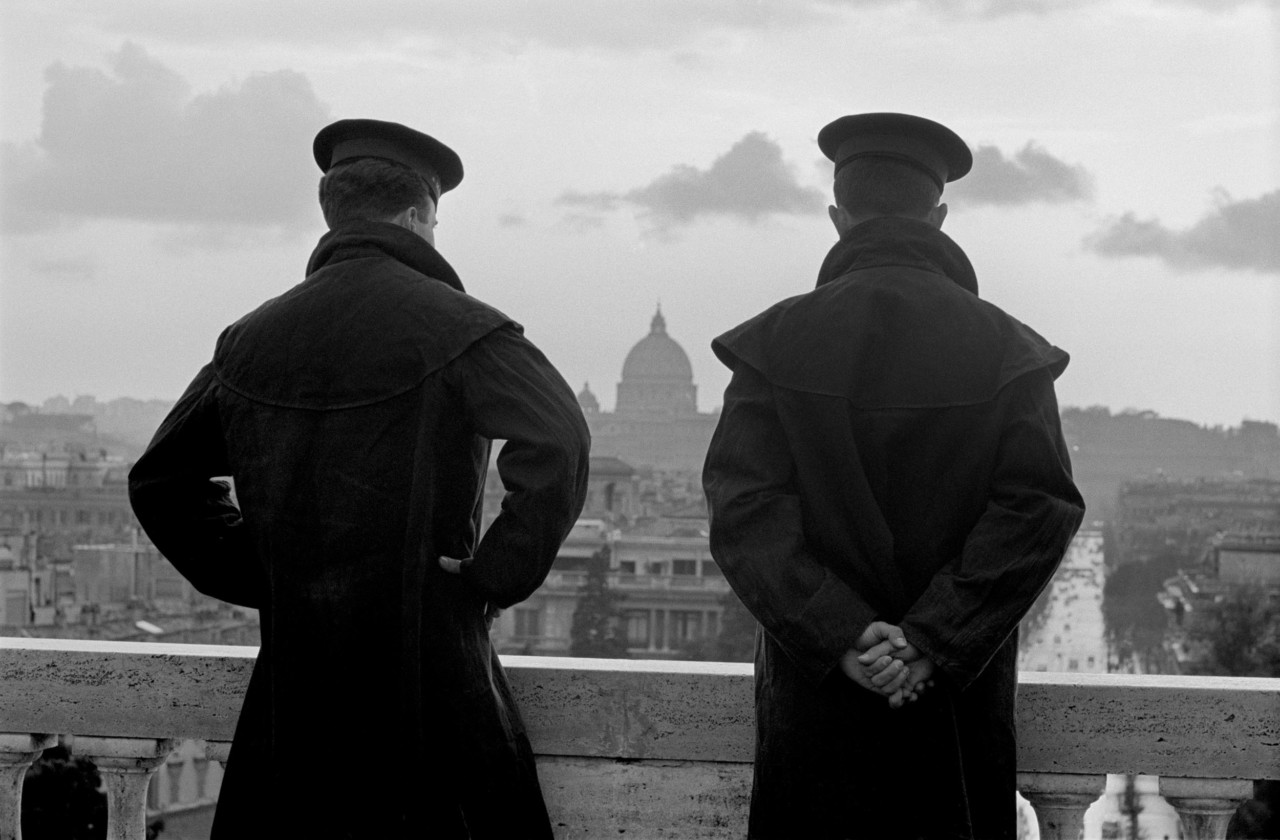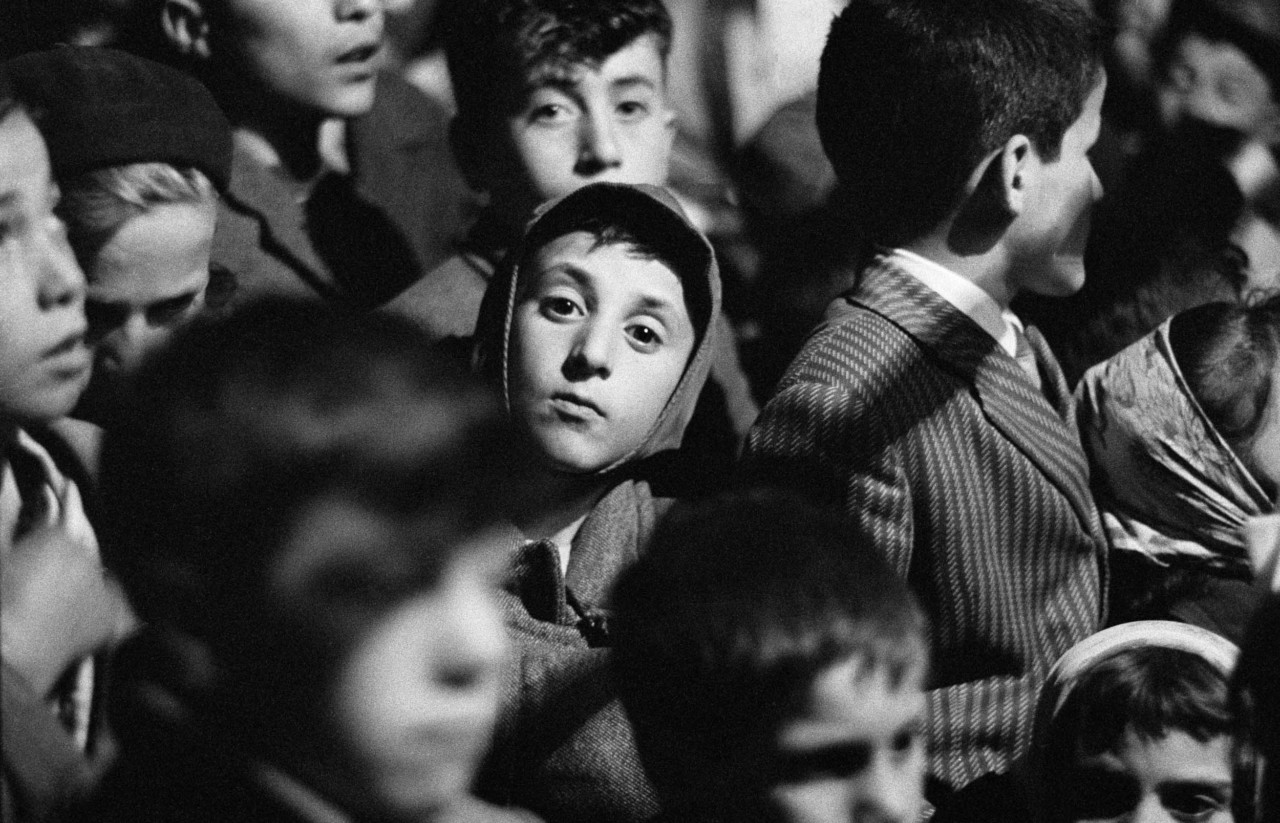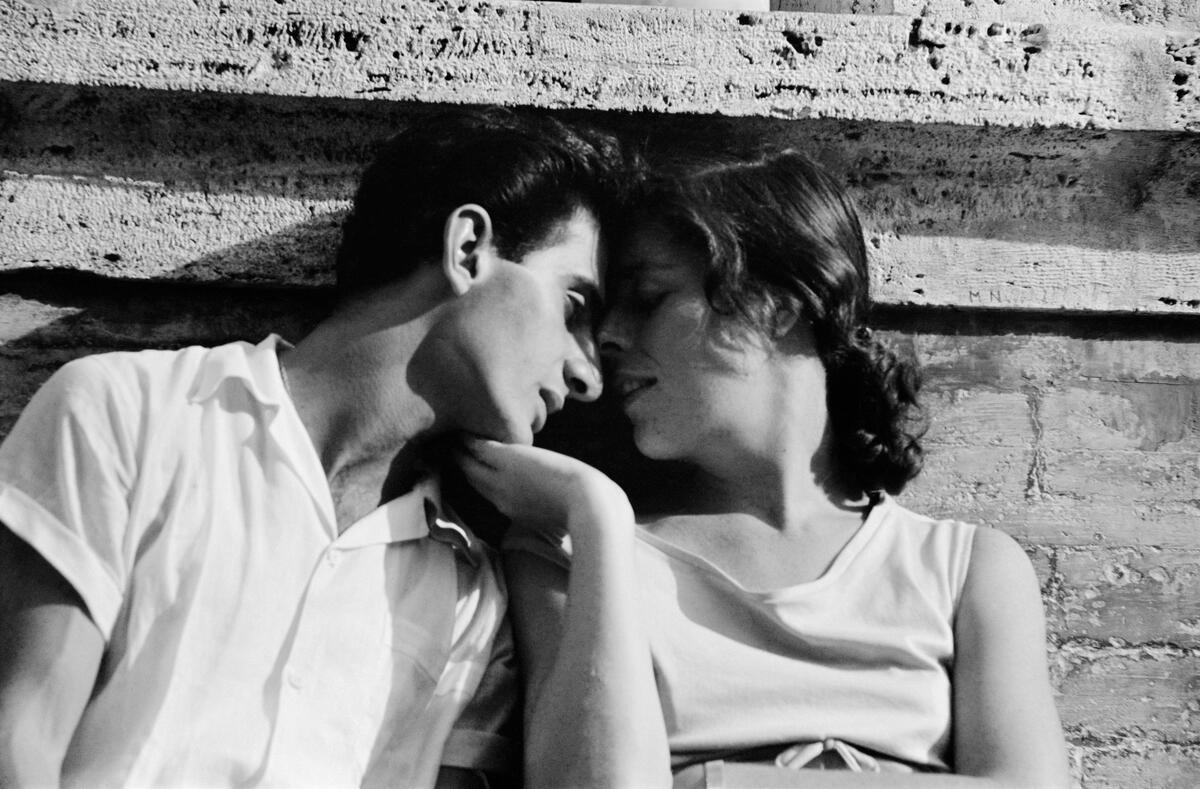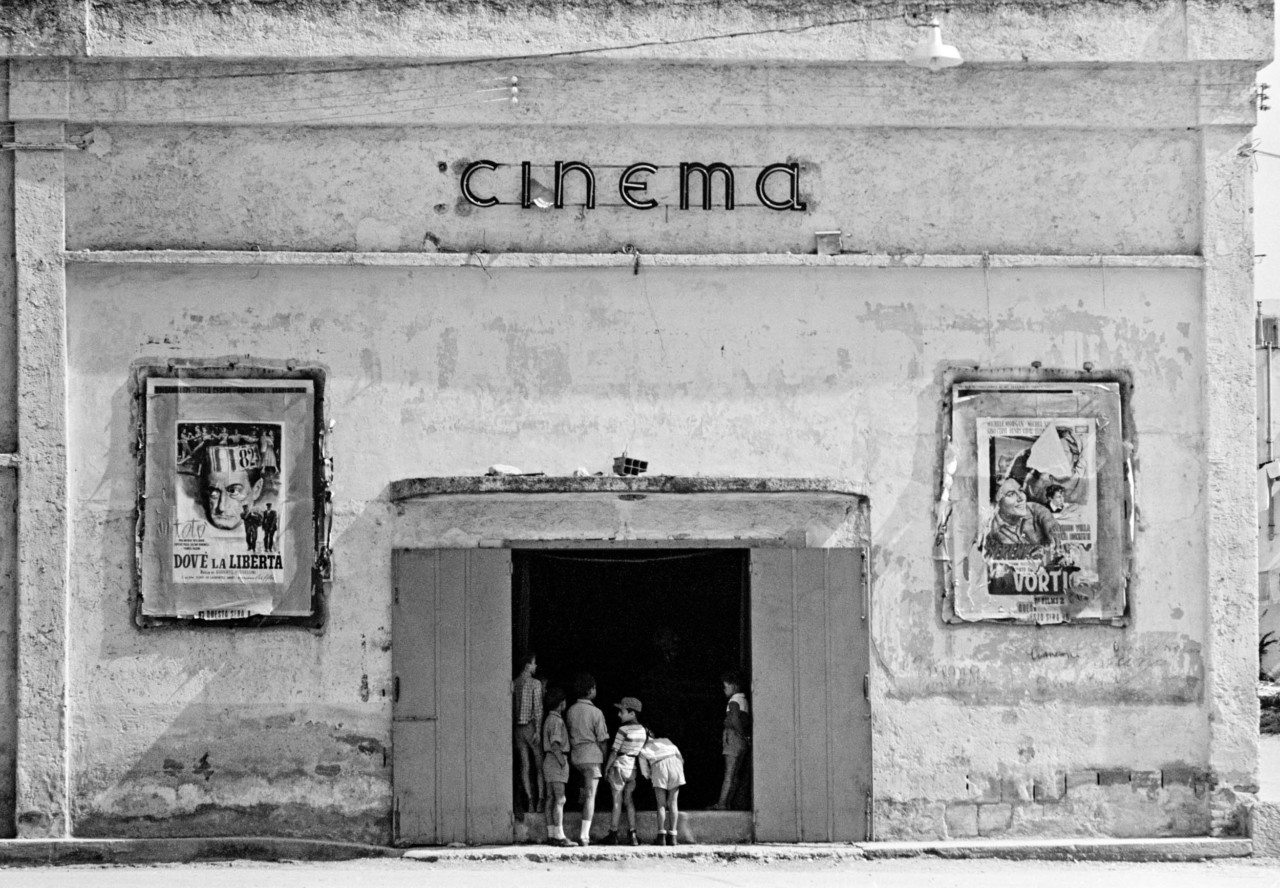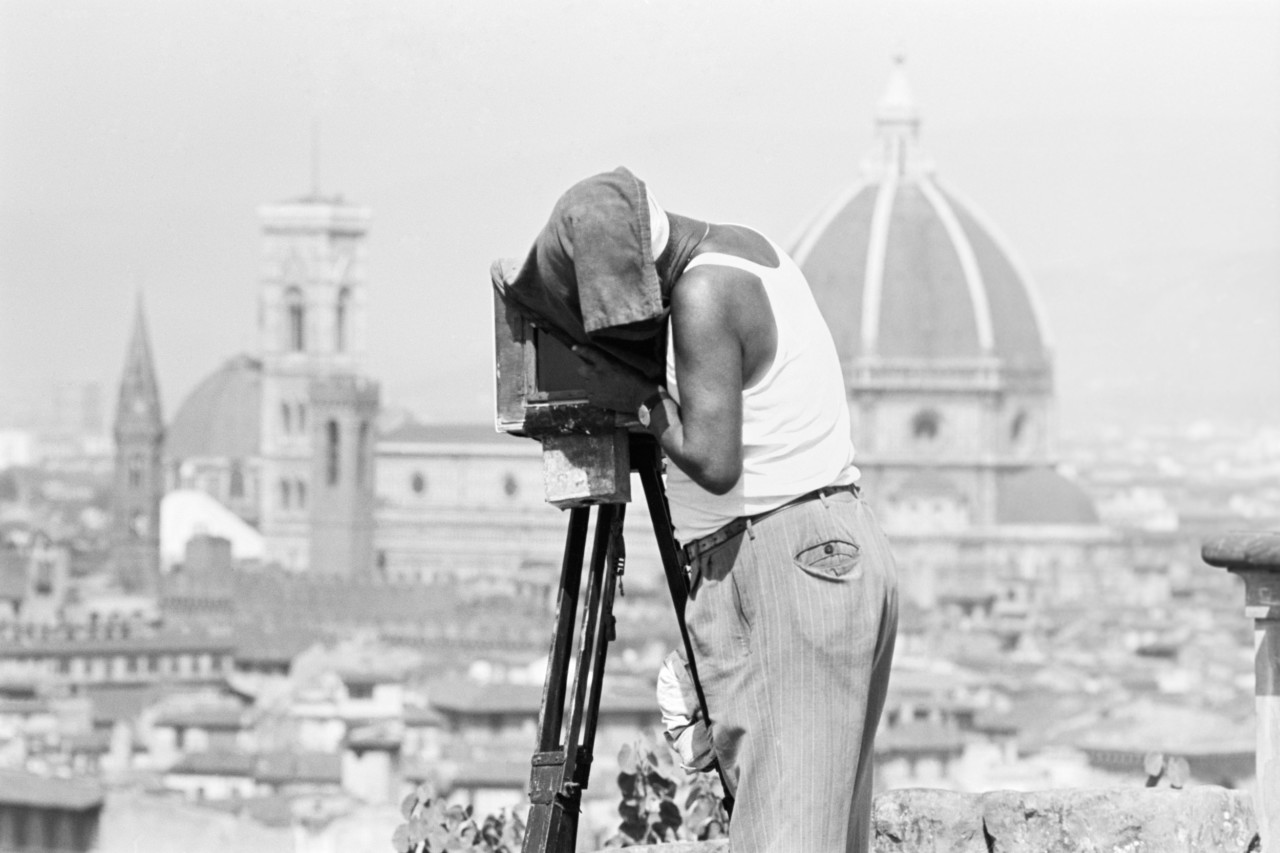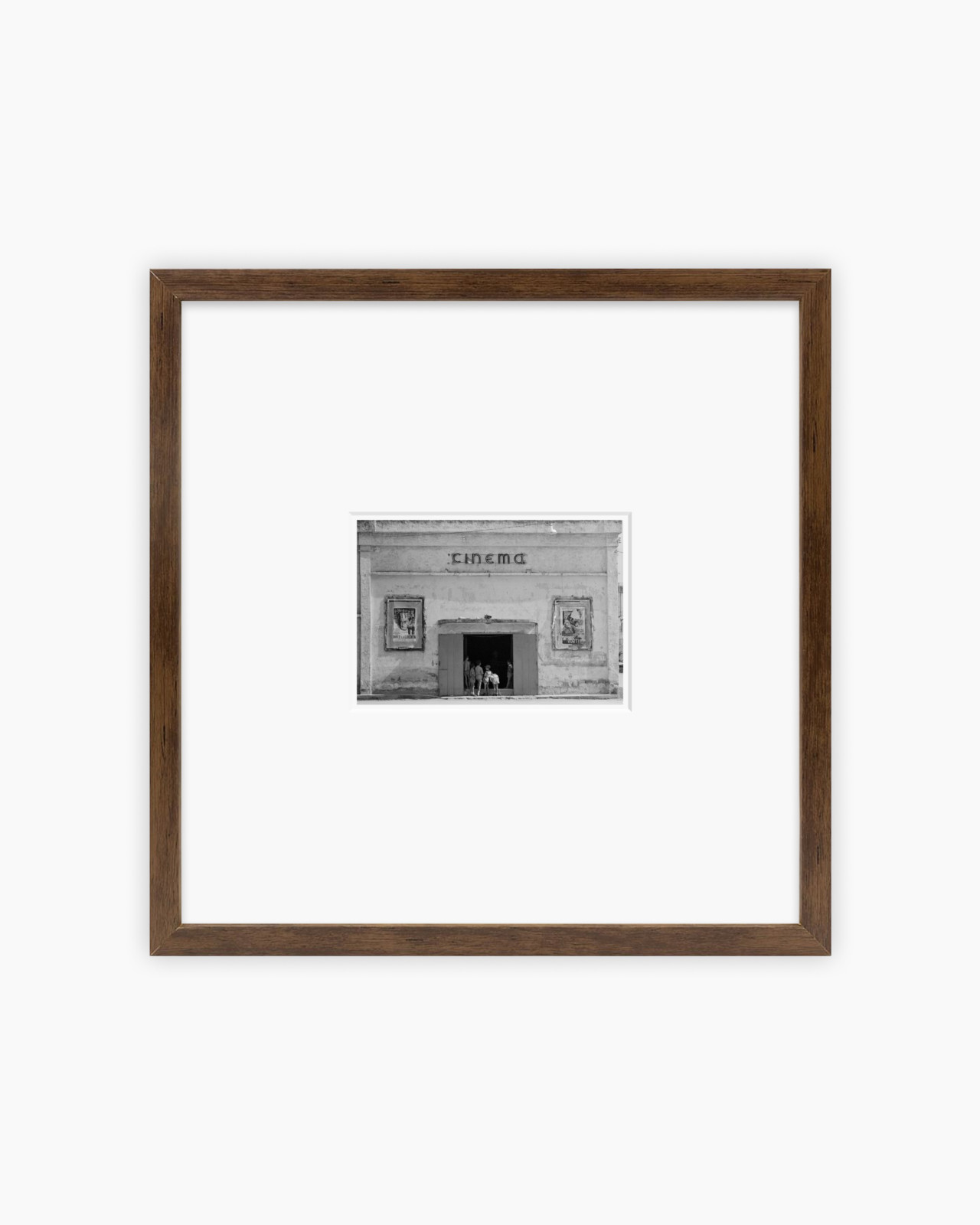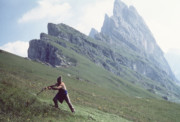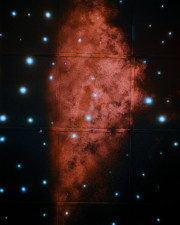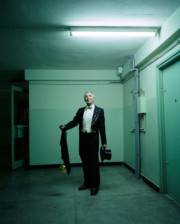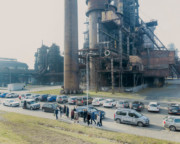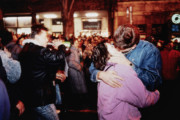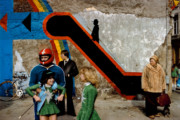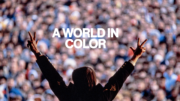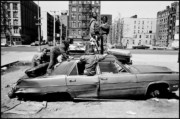The Story Behind the Square Print: Italia
A selection of images from Thomas Hoepker's photobook "Italia," shot between 1956 and 1959, and published by Buchkunst Berlin.
When Thomas Hoepker first traveled to Italy in 1956 he was a 19-year-old high school graduate and passionate photographer.
He had been exploring the medium of photography since the age of 14, first with a plate camera, then with a 35mm Akarette camera, and finally, in 1956, he purchased his own Leica MP with the proceeds from his very first picture sales.
The young 19-year-old was, at the time, studying History and Archaeology in Munich. And during his vacations, he would leave the Federal Republic of Germany and travel to Italy with his Leica MP.
In total, Hoepker would spend four years documenting the country, traveling to the cities of Rome, Naples, Florence, Siena, Venice, and exploring Sicily and Calabria in the south. He collected more than 10,000 negatives documenting life across the country in the late 1950s.
Recently, whilst going through his archives, Hoepker started to rediscover thousands of negatives from his travels, and 124 of these images have now been published in a new photobook, Italia, by Buchkunst Berlin.
“It started as our pandemic project in August 2020, as we were looking at his very first black and white film negative files and started scanning.” Christine Kruchen, Hoepker’s wife and archive manager describes. “After that, we had to stop working on this project due to shooting of the documentary Dear Memories, and then work on his book The Way It Was with Steidl last year. But we came back to the project and decided to do a book, or a series of books, gathering together some of his early work.”
Children play on a baroque fountain, a seamstress at her sewing machine makes bras in the street, a member of a street band leans lazily back into a wall as he plays his clarinet, and a poor beggar speaks to a little girl in her Sunday best. These are some of the characters of Hoepker’s Italy. It is in the streets that he found his subjects, in the theatre of the everyday.
"Everything very much looks like the Italy of those years."
-
“The emphatic conveyance of reality and the film-like compositions of the images are reminiscent of the street scenes in neorealist cinema films by Roberto Rossellini, Luchino Visconti, and Vittorio De Sica,” publisher Thomas Gust writes in an accompanying essay at the end of the book. “The photographer is not interested in popular tourist motifs; famous landmarks form, at most, the backdrop for the figures that appear. He does not draw on stereotypes, yet everything very much looks like the Italy of those years.”
This is a sentiment shared by Raúl Morales Barcia, a documentary filmmaker born in Chile but who grew up in Italy at around the same time as young Hoepker would have been traveling the country. “I found myself in your photographs,” he writes in an opening essay titled Letter to an artist friend whom I do not know. “Like one of the six children at the door of the nameless cinema, perhaps waiting for the cashier to be distracted so they could enter unseen for free, to be enthralled by the magic of the film.” A poster for Rosselline’s Dovè la libertà? (Where is Freedom?) is pasted on the cinema’s wall.
In 1960, as his four years of studying and traveling in Italy came to an end, Hoepker’s professional career began as he took on a job as a photojournalist in Munich, and went on to become a member of Magnum in 1989. What is clear from this recently rediscovered archive of his early work in Italy is his instinctive patience in waiting for the perfect composition, as well as his passion for discovery and need to spend time in the places he photographs to truly understand its context. As Morales Barcia puts it, Hoepker’s recently discovered portrait of Italy is a “stage of life where something happens in every shot.”
Copies of Italia are now available here in the Magnum Shop.
An image from this series is available as a limited-edition, estate-stamped print for one week only as part of the Magnum Square Print Sale, from Monday, April 21 to Sunday, April 27.
Shop the print here



